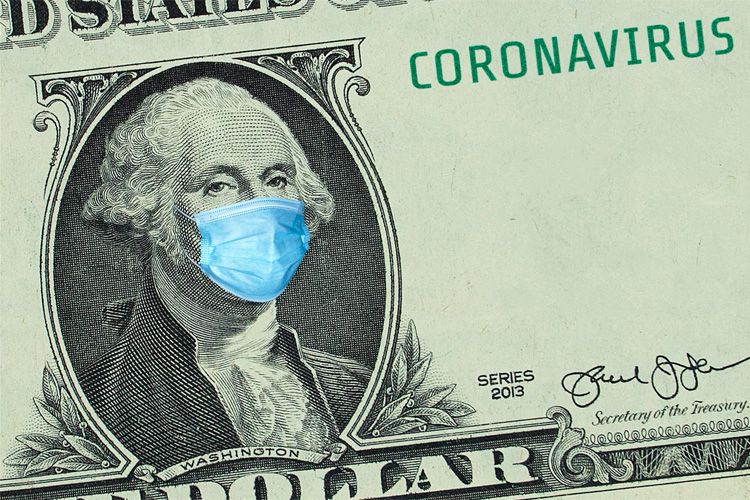About a year ago, the Paycheck Protection Program (PPP) was launched in response to the COVID-19 crisis. If your company took out such a loan, you’re likely curious about the tax consequences – particularly for loans that have been forgiven.
FORGIVENESS CRITERIA
An eligible recipient may have a PPP loan forgiveness in an amount equal to the sum of various costs incurred and payments made during the covered period. These include payroll costs, interest (but not principal) payments on any covered mortgage obligation (for mortgages in place before Feb. 15, 2020), payments for any covered rent obligation (for leases that began before Feb. 15, 2020), and covered utility payments (for utilities that were turned on before Feb. 15, 2020). Also eligible are covered operations expenditures, property damage costs, supplier costs and worker protection expenses.
Your covered period would normally have been the 24-week period beginning on the date you took out the loan (ending no later than December 31, 2020, if that was before the expiration of the 24-week period). If you received a PPP loan before June 5, 2020 you could elect a shorter 8-week covered period. If you didn’t elect the 8-week period and instead used the longer 24-week period, you had to maintain payroll levels for the full 24 weeks to be eligible for loan forgiveness. If you think didn’t make an election, the 24-week period applies.
An eligible recipient seeking forgiveness of indebtedness on a covered loan must verify that the amount for which forgiveness is requested was used to retain employees, make interest payments on a covered mortgage obligation, make payments on a covered lease obligation or make covered utility payments.

CANCELLATION AND DEDUCTIBILITY
The reduction or cancellation of indebtedness generally results in cancellation of debt income to the debtor. However, the forgiveness of PPP debt is excluded from gross income. Your tax attributes (net operating losses, credits, capital and passive activity loss carryovers, and basis) wouldn’t generally be reduced on account of this exclusion.
The CARES Act was silent on whether expenses paid with the proceeds of PPP loans could be deducted. The IRS took the position that these expenses were nondeductible. However, the Consolidated Appropriations Act, enacted at the end of 2020, provides that expenses paid from the proceeds of PPP loans are deductible.
ANY QUESTIONS?
A PPP loan may complicated your company’s 2020 income tax filing. Please contact us with any questions you may have.
“SECOND-DRAW” PPP LOANS LAUNCHED
Under the Consolidated Appropriations Act, eligible businesses may be able take out so-called “second-draw” PPP loans. These loans are primarily intended for beleaguered small businesses with 300 or fewer employees that have used up, or will soon use up, the proceeds from initial PPP loans. The maximum second-draw loan amount is $2 million, and only one such loan can be taken out.
To qualify for a second-draw loan, a company must demonstrate at least a 25% decline in gross receipts in any quarter of 2020 as compared to the corresponding quarter in 2019. Qualifying businesses can generally borrow up to 2.5 times their average monthly payroll costs for either the one-year period before the date on which the loan is made or calendar year 2019. The application deadline is March 31, 2021.
